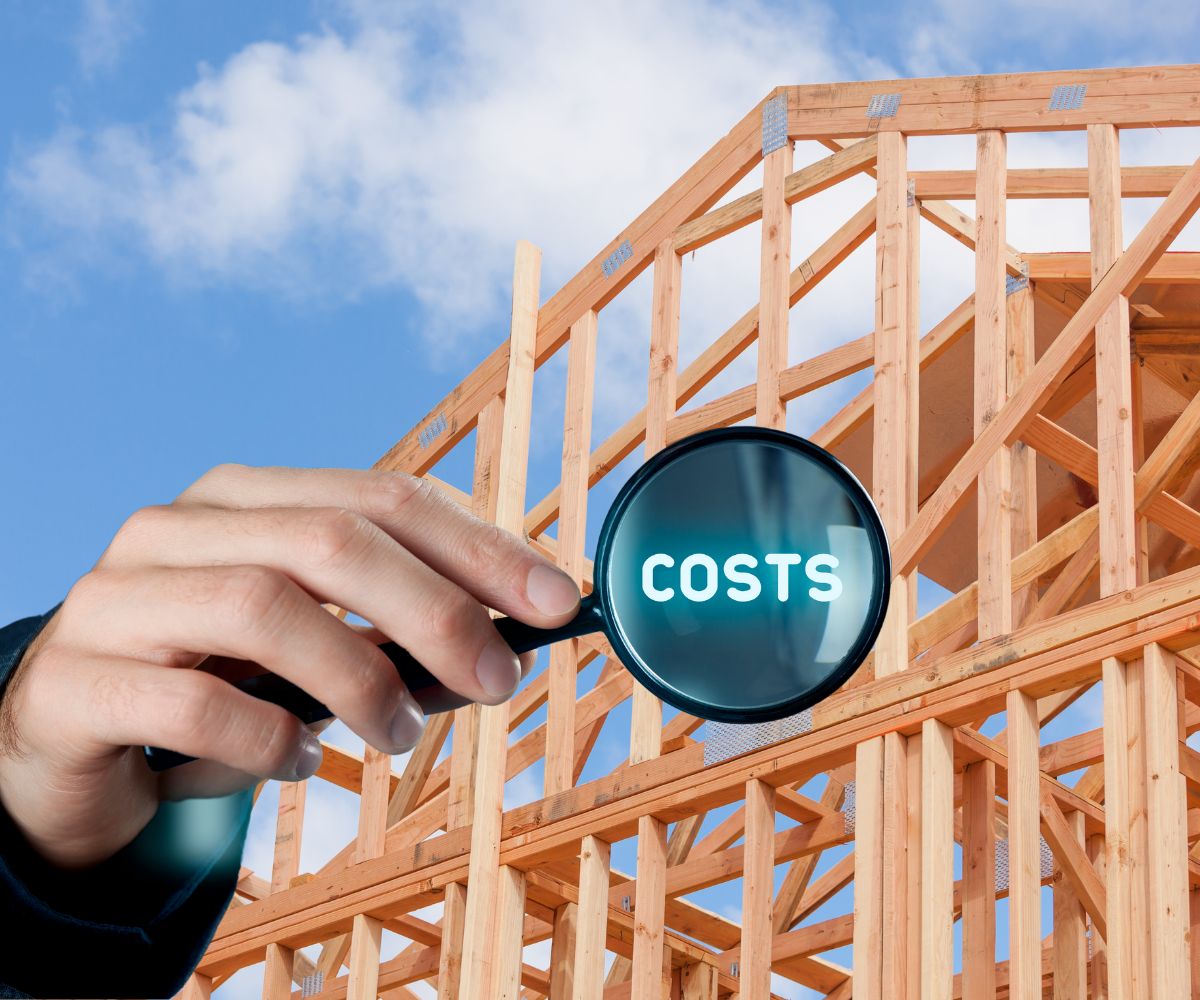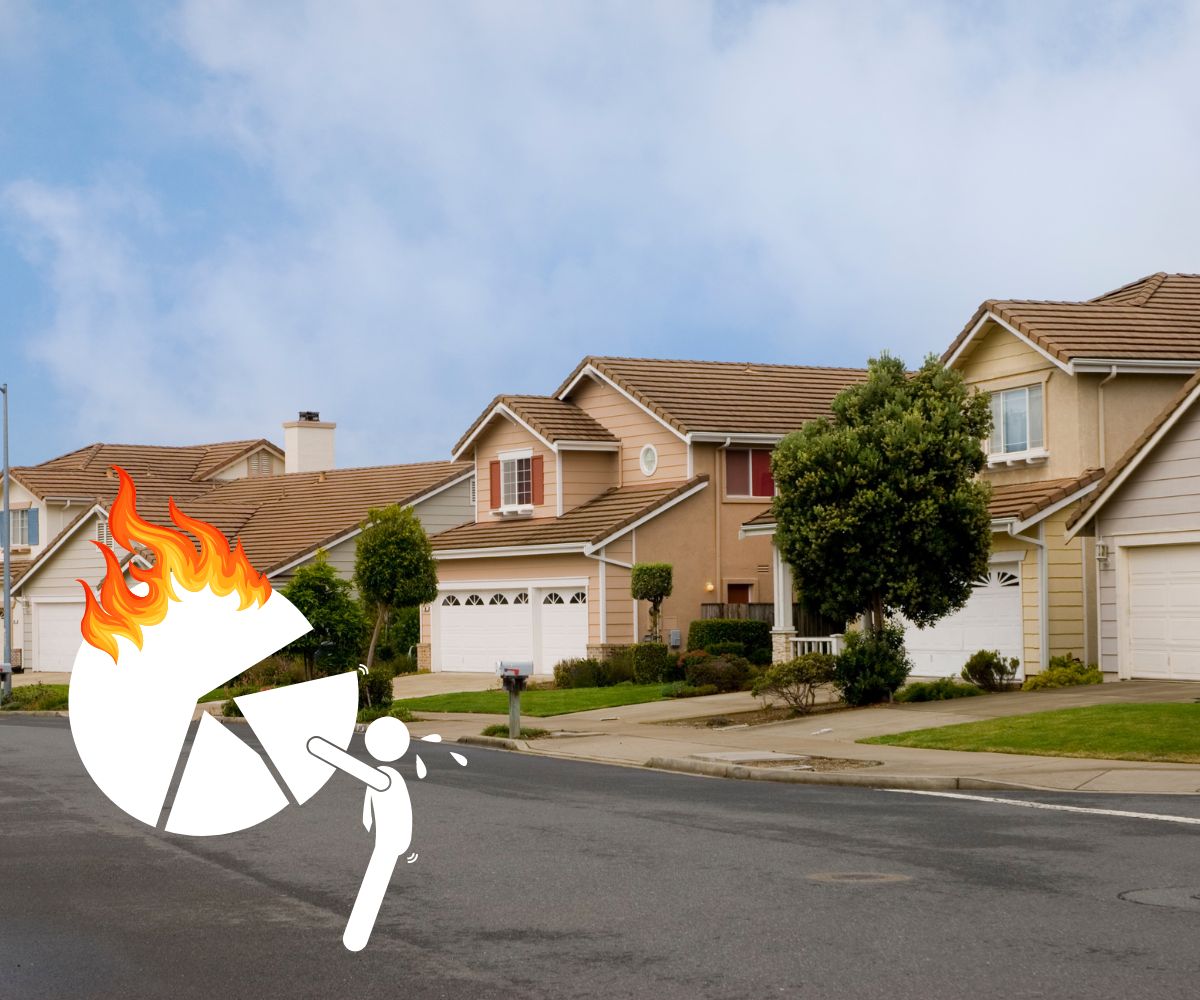Catastrophic Wildfires Upend Insurance Landscapes
The California Fair Access to Insurance Requirements (FAIR) Plan, established as a safety net for homeowners in high-risk fire zones, faces an unprecedented threat of insolvency amid a flurry of catastrophic wildfires and increasing claims. This predicament has sparked intense scrutiny and discussions on sustainable insurance strategies while leaving many to wonder about the future of fire insurance availability in the state.
The Increasing Burden on California FAIR Plan
With an exodus of insurers from California’s market, the FAIR Plan has swelled to double its size in the past three years, according to Victoria Roach, President of the FAIR Plan. Created during the era of riots and brush fires in the 1960s, the plan was never intended to sustain such rapid growth. Today, it’s stretched thin, covering $300 billion in total exposure with only a fraction in reserve—around $200 million—raising alarms about its capacity to respond to major disasters.
State Farm Retreats, Signaling Industry Strain
Compounding the issue, State Farm’s recent decision to not renew an additional 70,000 policies in California may only be the beginning of an industry-wide retreat driven by unsustainable financial risks. The warning from Roach could not be clearer—if a significant disaster strikes, not only may the FAIR Plan fail, but insurance companies might cease writing policies in the state altogether.
State’s Initiative to Revamp Regulation
In response, California’s Department of Insurance is considering the “Sustainable Insurance Strategy,” aiming to recalibrate regulations to reflect the real fire threats of individual properties. This would potentially allow insurers to set rates that correspond with the actual risks, possibly prompting competition and, in turn, driving down rates.
Opposition by Consumer Advocates
However, Consumer Watchdog’s Harvey Rosenfield views this situation skeptically, suggesting that the insurance industry may be leveraging the straining FAIR Plan as a scare tactic. He argues that the proposed regulatory changes risk imposing the burden of the FAIR Plan’s debt on all homeowners, irrespective of their individual risk, to bail out the insurance industry.
The Growing Costs of Wildfires
The question of who will ultimately bear the escalating costs of wildfire recovery remains. But one thing seems inevitable—as the toll from wildfires grows, the financial impact is poised to spread, affecting every homeowner in the state.
In 2023, the cost of rebuilding a home after a fire varied significantly depending on the extent of the damage and the location of the property. However, several sources provided insights into the average costs homeowners might expect for fire damage restoration and rebuilding.
- Fire Damage Restoration Costs: An article from All City Adjusting mentioned that costs could range from as low as $250 to as high as $6,000 for different types of fire damage in 2023 (source). This wide range indicates the variability in costs based on the severity and type of fire damage experienced.
- House Fire Statistics: According to Policygenius, while there have been roughly 50% fewer house fires today than 40 years ago, the average cost of damage caused has nearly doubled (source). This suggests that when fires do occur, they tend to result in more significant financial impacts.
- National Average Cost for Fire Damage Repair: Forbes reported that the national average cost of fire damage repair for a house was around $12,900 in 2024, highlighting the considerable expense involved in addressing even minor fire-related damages (source).
- Average Cost of Fire Damage Restoration: Angi provided an even broader perspective, stating that the average cost of fire damage restoration in 2024 was $24,839, with potential costs ranging from $800 to $167,000 (source). This reflects the significant variation in restoration costs, which can be influenced by factors such as the size of the home, local labor rates, and the specifics of the fire damage.
- Additional Costs for Building to Fire Smart Standards: In an effort to mitigate future risks, building a new structure to “fire smart standards” was estimated to cost about $6,000 per house, according to CBC News. However, it also noted that not many homeowners had pursued these enhancements, possibly due to the additional costs involved (source).
From these sources, it’s clear that the financial impact of rebuilding a home after a fire can be significant, and the costs vary widely based on numerous factors. Homeowners facing such unfortunate circumstances must navigate a complex landscape of restoration expenses, potential upgrades to fire-resistant materials, and insurance claims processes.
The Legacy of the California FAIR Plan
Reflecting on the FAIR Plan’s history, its remarkable growth—from 126,709 policies in 2018 to over 350,000 today—shows the sheer extent of the mounting wildfire crisis. Once a relatively small operation, the FAIR Plan has had to scale up dramatically, with its staff count potentially reaching around 200 employees.
Moving Forward Amid Uncertainty
Time will tell how California navigates this intricate dilemma. The urgency for a sustainable path forward is evident, with millions of homeowners relying on the state to steady the course of its insurer of last resort. The decisions made today are certain to shape the insurance landscape for years to come, affecting not just those in high-risk areas but every Californian with a stake in protecting their homes against the ravage of wildfires.


